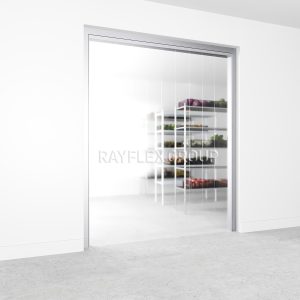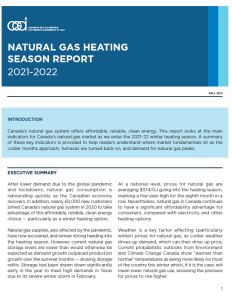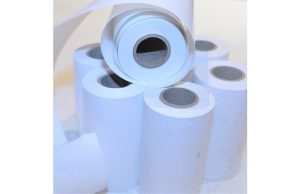Workshop ventilation system

The ventilation of the production site is a complex interconnection process and equipment to create high-quality air exchange in the production facilities.
The workshop ventilation system plays a more important role than similar systems in any other room. It is mainly emphasized that it is a complete engineering development system designed to filter harmful and toxic impurities in the air and its functional cycle without interruption. In addition, the technical process will not be interrupted, which will help create favorable conditions for successful implementation.
According to the method of air flow, the ventilation of the production site is as follows:
-
natural
-
maneuver
In the first case, temperature difference and air flow pressure difference will cause air exchange. These types of ventilation can be non organizational (such as ventilation) and organizational (ventilation). For this purpose, special structures such as a box with shutters can be used to control the amount and intensity of air flow.
Mechanical ventilation can pre treat the supply air (cooling, heating and humidification) and filter the polluted air before it is released into the atmosphere.
The main task of local ventilation is to directly locate harmful and toxic substances and emissions, and remove them later. In practice, pollution sources are covered from all directions by so-called shields that form a hat. In this protection station, the internal pressure is lower than the atmospheric pressure, so when the air mass is sucked out, it will be thin. This measure prevents harmful impurities from entering the room. The local ventilation system of the workshop is very effective in handling air purification, and its organizational structure is also very budget.
If partial ventilation can not completely identify the pollution source, general exchange ventilation shall be used. The purpose is to completely purify the air of all industrial sites (or important parts thereof) by diluting the concentration of harmful impurities, dust and dirt, thermal radiation, etc.
Generally speaking, ventilation is good at heat absorption, mainly used when harmful impurities are not discharged into the atmosphere of industrial sites. If the particularity of production involves the emission of gases, harmful vapours, carcinogens and dusts, mixed ventilation (general exchange+local inhalation) shall be adopted.
In some cases, enterprises that produce large amounts of dust emissions or toxic impurities emissions completely give up conventional ventilation. This shows that a powerful general exchange system can simply carry these risks and dust to the entire workshop.
The core concept of building ventilation system is:
-
Local inhalation eliminates the most harmful substances,
-
Dilute the impurities left by fresh air inflow to reduce the concentration to the maximum allowable level.
This is the main basis for establishing industrial exhaust ventilation.
The air supply system of the workshop is designed to ensure the free flow of fresh air, and its volume can meet all production functions. In supply type systems, ducted blowers are used to obtain air from the outside, and then heaters are used to heat and humidify the air in the heaters as required.
This system can completely ensure that the air mass is forced into the workshop. At the same time, compared with atmospheric pressure, the air pressure increases, which helps to squeeze Peggy out of the distance naturally and organizationally through narrow grooves, outlets or openings.
The exhaust system removes pollution/moisture/high temperature/toxic air, and replaces clean air through windows and Manhole without organization. In the process involving the emission of a large amount of heat, humidity and harmful smoke, workshop ventilation is very important, and many employees participate in production.
All types of exhaust ventilation devices at the production site are composed of the following components:
-
Suction type (open type – protective cover, exhaust cover, hinged telescopic/vehicle suction type, composed of suction inlet, or closed type – vent (used for industries that increase toxic gas and toxic vapor emissions), chamber, shielding box (used for handling toxic and radioactive substances)
-
Fan (center or shaft direction)
-
exhaust pipe,
-
filter
-
Piping system.
When fresh air is supplied simultaneously for air supply and exhaust in the workshop, the dirty air is eliminated. There are two ways to distribute streams:
-
Mix,
-
By deflection.
Workshop ventilation design is a complex engineering task. According to the purpose of calculation, careful calculation is required. Industrial ventilation must eliminate all risks, including hot air, explosive impurities and toxic emissions, water vapor – products, equipment and all substances released by people during production.
The generation and design of ventilation at the production site is the responsibility of an expert who meets all necessary standards and calculates according to the specific conditions of the production process.







